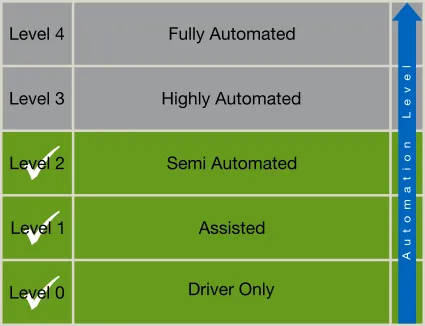
Currently, many media are euphoric about highly automated driving (from Level 3 according to BASt). However, some obstacles still have to be overcome before the market is launched successfully. For example, the assessment and verification of functional safety (based on ISO 26262) is a significant problem. In the case of partially automated driving, the driver must monitor the system at all times, and the driver must immediately take over the guidance of the vehicle when the system limit is reached. The driver is responsible for the entire journey. This is different from the automation level 3, the highly automated driving. The driver no longer has to monitor the system permanently and can devote himself to other tasks. Even when the system limit is reached, the system must transmit the driver's task to the driver in a timely and appropriate manner. Therefore, in automation level 3 or higher, the responsibility is transferred from the driver to the system or the system manufacturer. Providing suitable test procedures is essential to prove that the systems meets the necessary requirements. The biggest challenge is the multitude of complex scenarios that can arise during the complete execution of the driving task. Previous testing methods are not suitable for this application.

The aim of this project is to develop the basis for test procedures, which enable us to demonstrate the functionality of highly automated vehicles. A safe and comfortable use by the customer should be enabled by setting safety standards. In cooperation with a large testing organization, a process chain consisting of simulations, testing ground and field tests is to be developed and the sub-areas should be evaluated using appropriate quality criteria. The findings will be used as the basis for the type approval of highly automated vehicles.